 |
| Hidden Orchestra. Photo credit: Tobias Feltus |
(Scala, Pentonville Road N1, 20th November 2013 – LJF. Review by Sarah Chaplin)
Hidden Orchestra is led from the rear of the stage by the reticent Joe Acheson, who just plays bass on the gig, but has the natural musicianship to make you suspect he’s probably quite at home with many an instrument. It is ostensibly a four-piece band. Or a five-piece if you include guest trumpeter Phil Cardwell. Make that six if you include the multi-track kit of loops and samples that feature extensively.
‘Hidden’ is clearly the band’s watchword. Visually they were lost in swathes of murky light, surrounded by an array of circular screens, onto which video artist Lumen projected elusive abstract film sequences. Aurally, the original sounds of their conventional instruments – bass, trumpet, violin and keys – are so hidden and de-familiarised, you stop noticing which instrument played what, and just let the overall soundscape wash over you. Their repertoire of tunes, like their new one Disquiet and their encore Revival, build and slowly mutate through lush, dark harmonies and sustained notes.
But what differentiates them from a Windham Hill act, say, are the two drummers Tim Lane and Jamie Graham. It’s only when their combined power is unleashed that you fully appreciate what Hidden Orchestra are about. The pair add a whole dimension of percussive expression and detail, whether they’re playing with a driving fusion rock feel in a synched and stereo face-off, or doubling the tempo with complex and danceable hip-hop rhythms.
Signed to Brighton-based label Tru Thoughts, at times Hidden Orchestra are not unlike fellow Brighton artist, Simon Green AKA Bonobo. But for me, Poppy Ackroyd’s lilting, sometimes folky violin lines meld the band’s Scottish origins with Cardwell’s Jon Hassell-like oriental horn lines, to give Hidden Orchestra something distinctive that Bonobo’s last tour was lacking. Acheson invited Czech clarinettist Tomas Dvorák on stage for one number – Hushed – that the two co-wrote, its flowing 6/8 form conveying an agreeable waft of Astor Piazzola.
The audience was vocal and deeply appreciative, but at one point someone shouted: ‘More jazz!’ An interesting call: does this studio-derived music allow for spontaneous performance, and does it matter? In the end I was left with the impression that, as with Jan Garbarek and the Nordic jazz tradition, I’d been suffused with strange landscapes. It does work as a communal experience, but it may possibly be even better when driving through the darkness on your own with the sound turned up.
Categories: miscellaneous





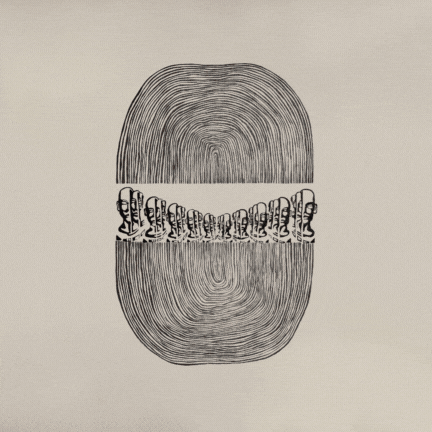

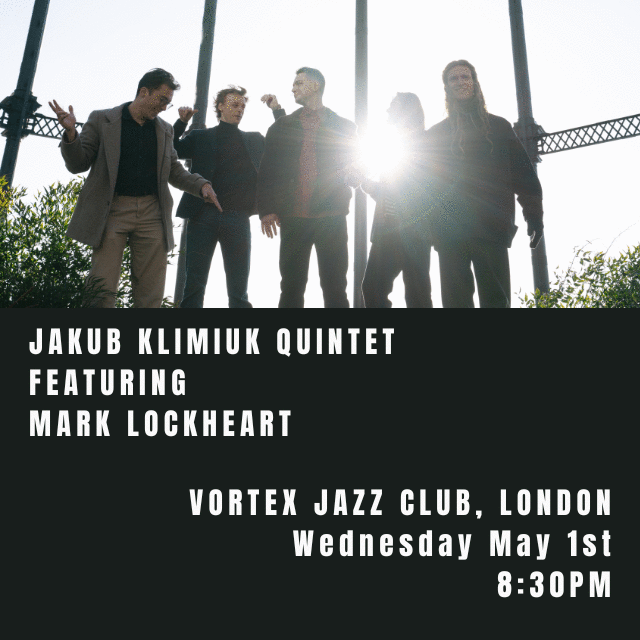
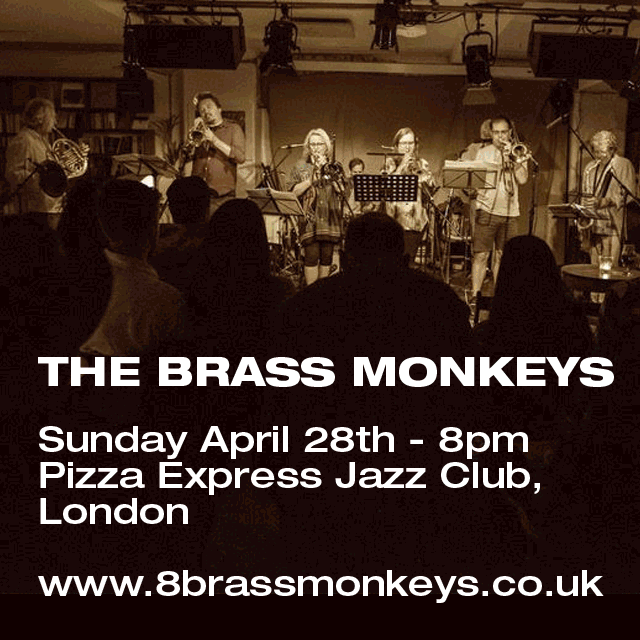
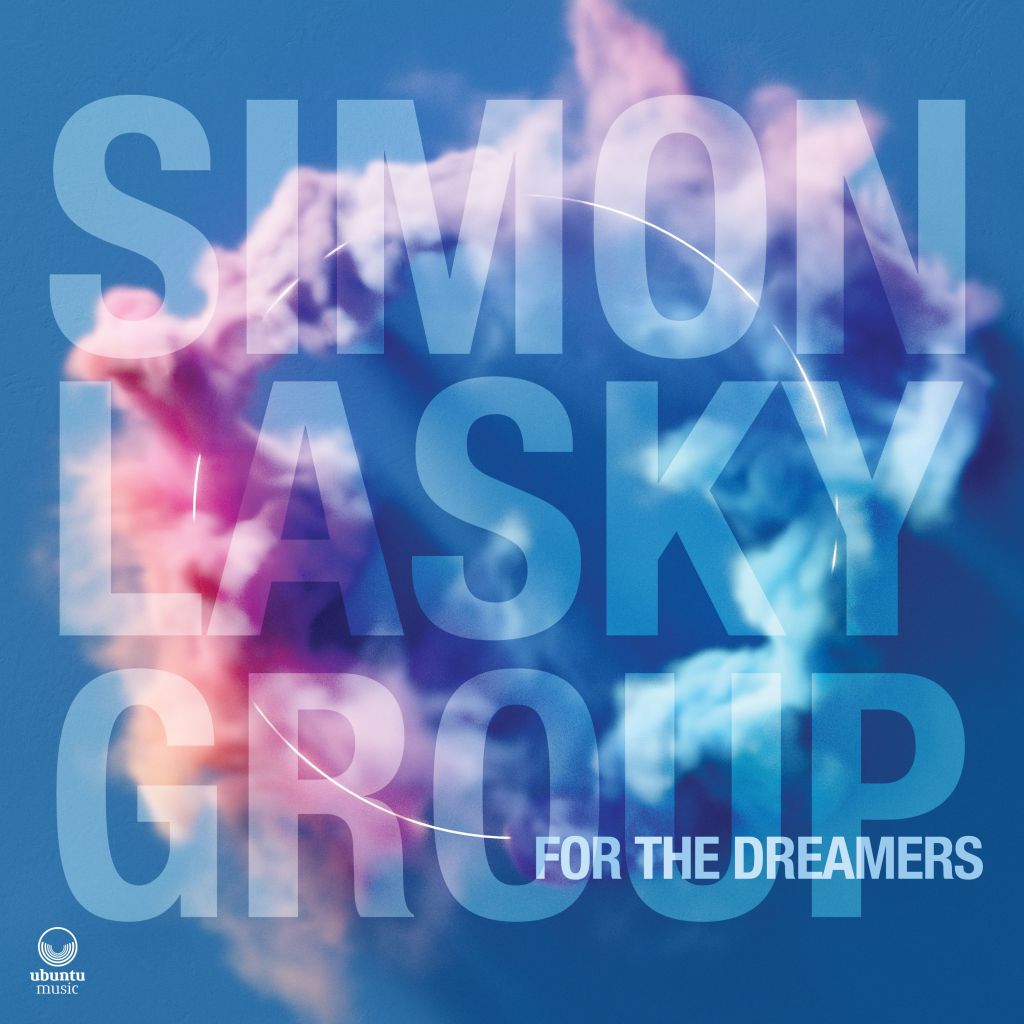
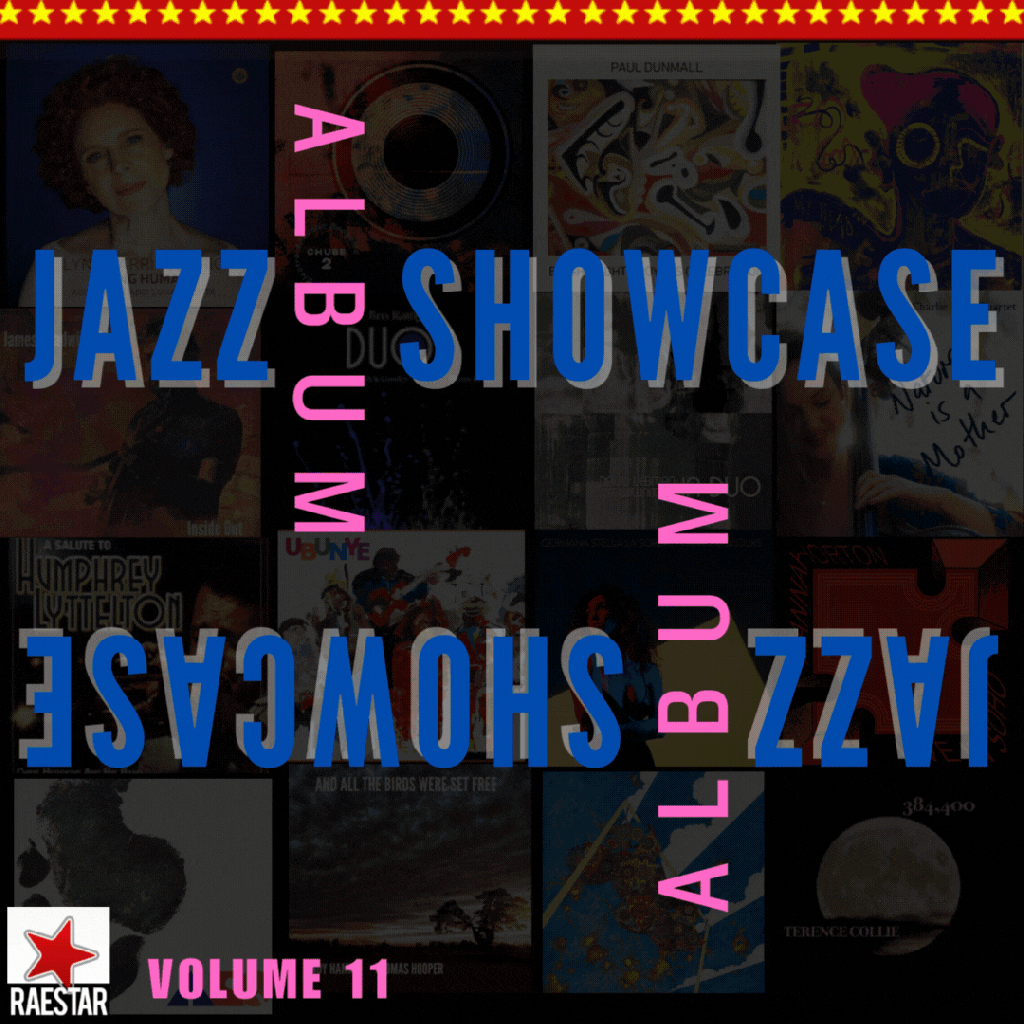
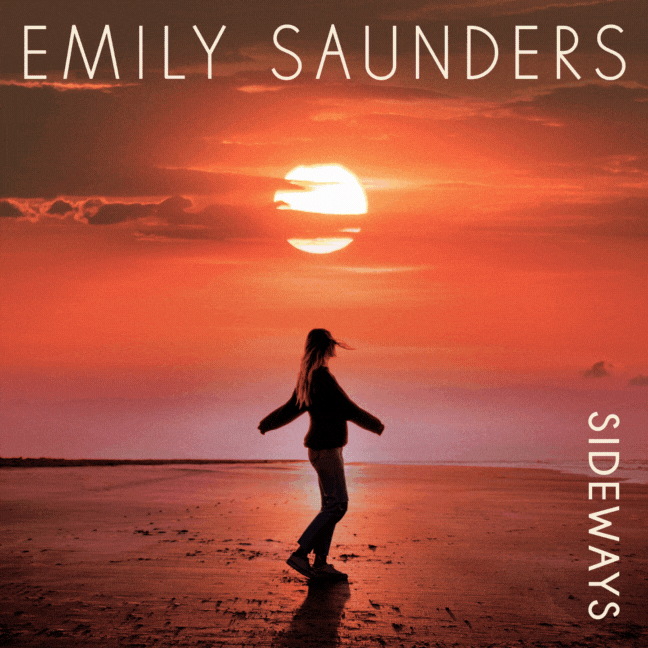

Recent Comments